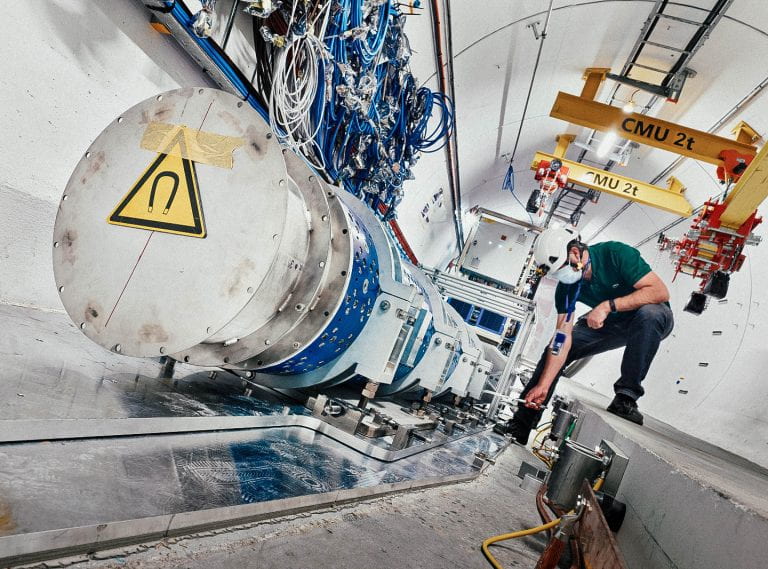
A big step toward the development of dyes with long-wavelength near-infrared absorption. A research group has discovered that near-infrared absorbing dyes, which had previously been considered to have closed-shell electronic structures, have an intermediate electronic structure, between closed- and open-shell structures. They also found that as the wavelength of near-infrared light that can be absorbed becomes longer the contribution of open-shell forms increases within the dye. These newly discovered characteristics are expected to be utilized to develop new near-infrared absorbing dyes that can absorb longer wavelength near-infrared light.
Near-infrared light, whose wavelength is longer than visible light, is invisible and can pass through many substances...
Read More









Recent Comments